Astronomical Clocks Are the Most Beautiful Way to Track Hours, Years, and the Moon
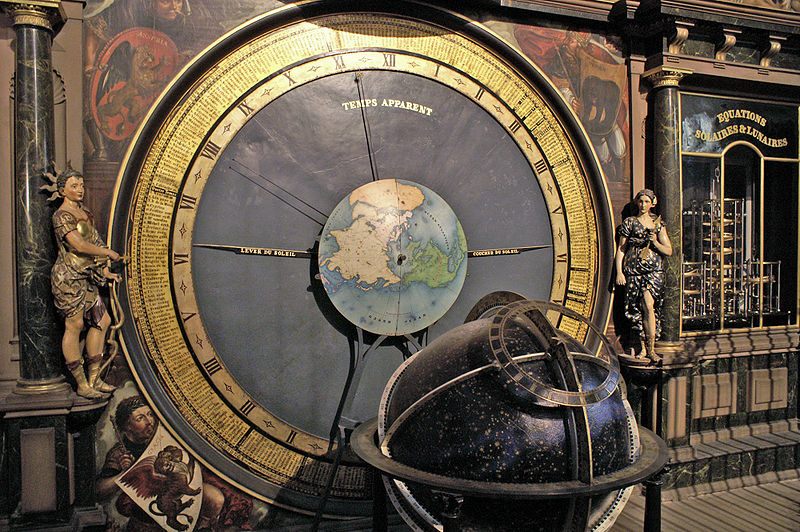
The beauty of astronomical clocks cannot be counted. (Photo: Didier B/Wikipedia)
As analog clocks give way to lightweight digital timepieces, it seems increasingly amazing that mechanical clocks once not only told the time of day, but also kept track of the movement of the planets, the forming of constellations, the phases of the moon, and so much more.
Centuries ago, astronomical clocks were the ultimate statement in horological prowess. During the heyday of grand astronomical clocks, between the 14th and 16th centuries in Europe, these massive constructions were often decorated as ornate pieces of art featuring multiple faces, moving figures, carved ornamentation, and intricately displayed figures.
There is a 30,000+ piece clock at the Besançon Cathedral in eastern France, which tracks years (including leap years), sunrise and sunset, tides, and the time of 17 places around the globe. The astronomical clock in old Prague tracks the sun’s path through the zodiac constellations, and the phases of the moon, all surrounded by macabre carvings of skeletons and saints. A gothic astronomical clock in the Cathédrale Notre-Dame of Strasbourg has everything from a planetary orrery to a golden cockerel that activates each day at noon.
The list goes on, but one thing remains constant: they are creations of sheer clockwork beauty. Take a look at some of the most beautiful clocks ever created. You know you have the time.

(Photo: Carmelo Bayarcal/Wikipedia)
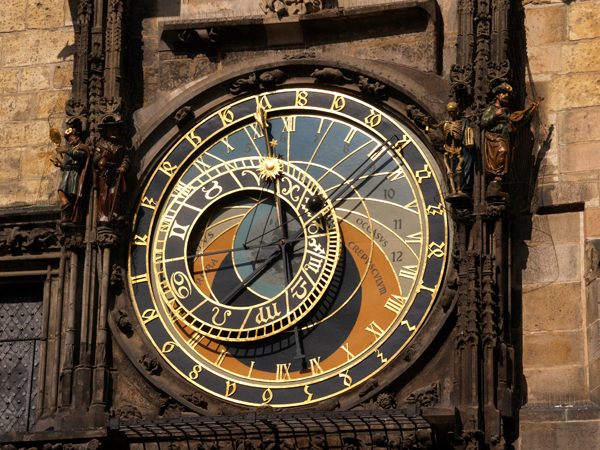
(Photo: Jöshua Barnett/Flickr)

(Photo: chris waits/Flickr)
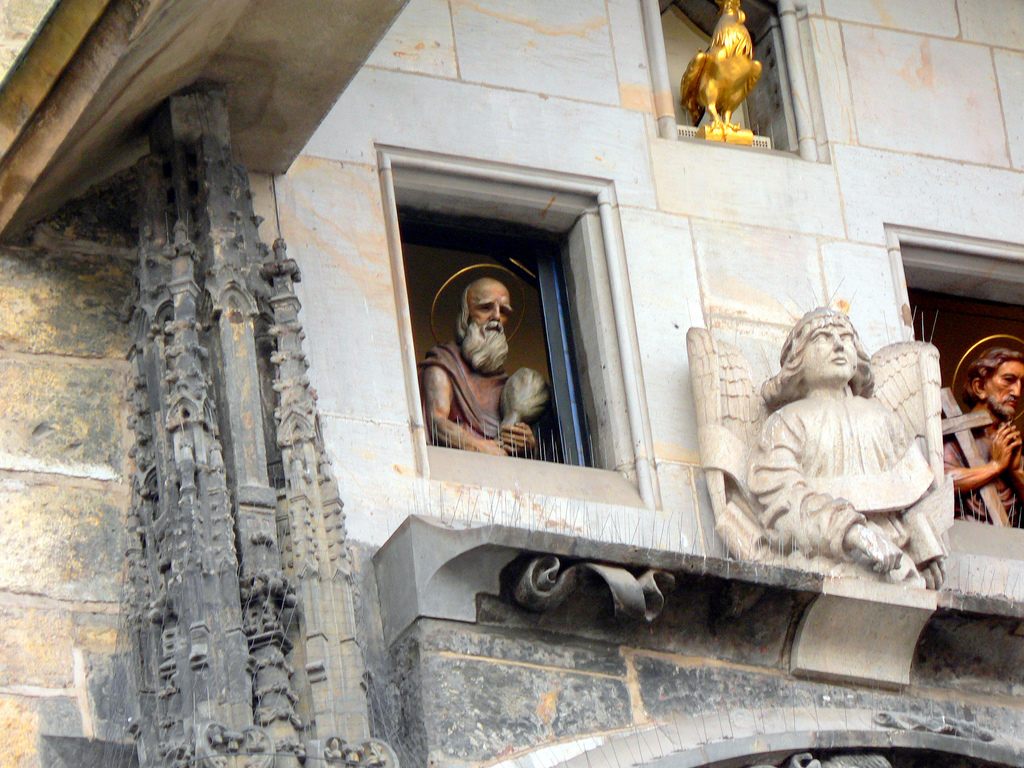
(Photo: Alistair Young/Flickr)

(Photo: amateur photography by michel/Flickr)

(Photo: Thomas Quine/Flickr)

(Photo: Thomas Quine/Flickr)

(Photo: Misha Popovikj/Flickr)
STRAUSBOURG ASTRONOMICAL CLOCK
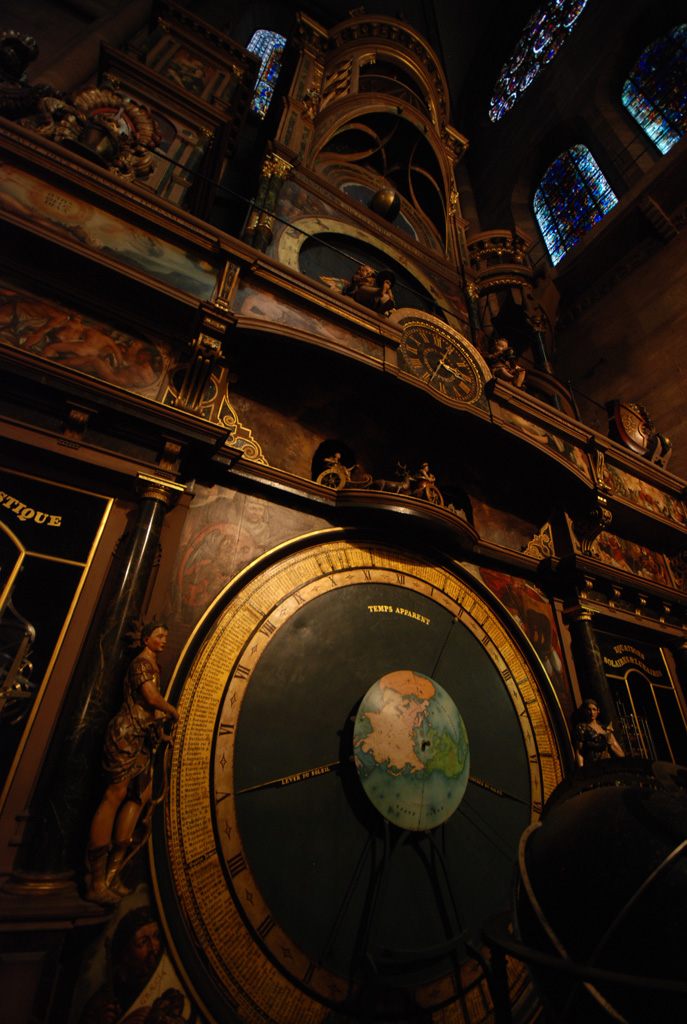
(Photo: Vasile Kotovanu/Flickr)
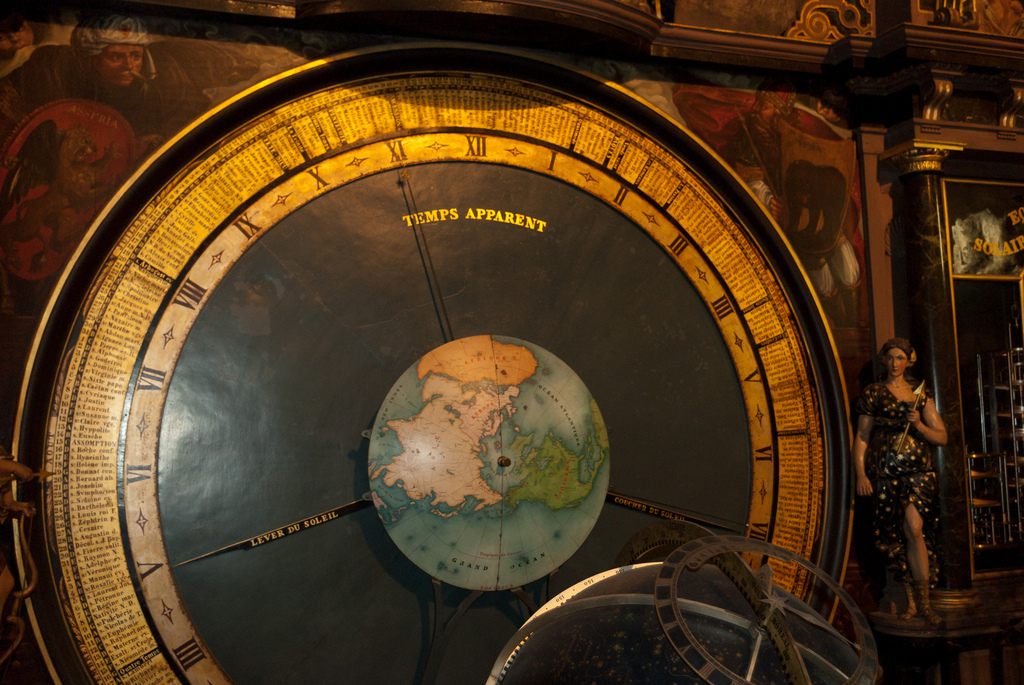
(Photo: flosch42/Flickr)
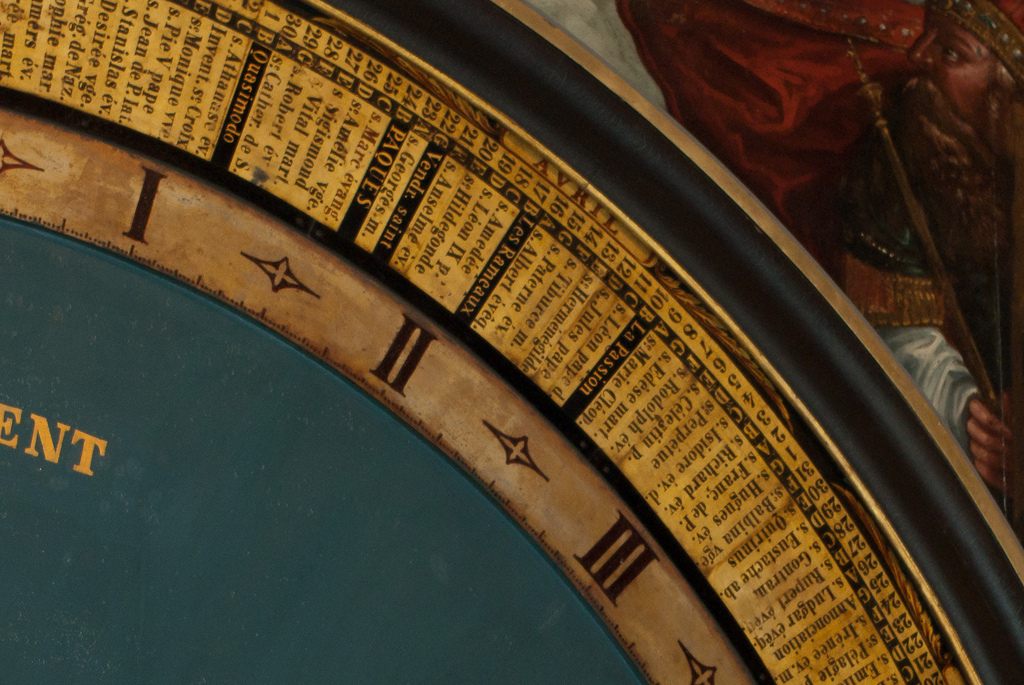
(Photo: flosch42/Flickr)
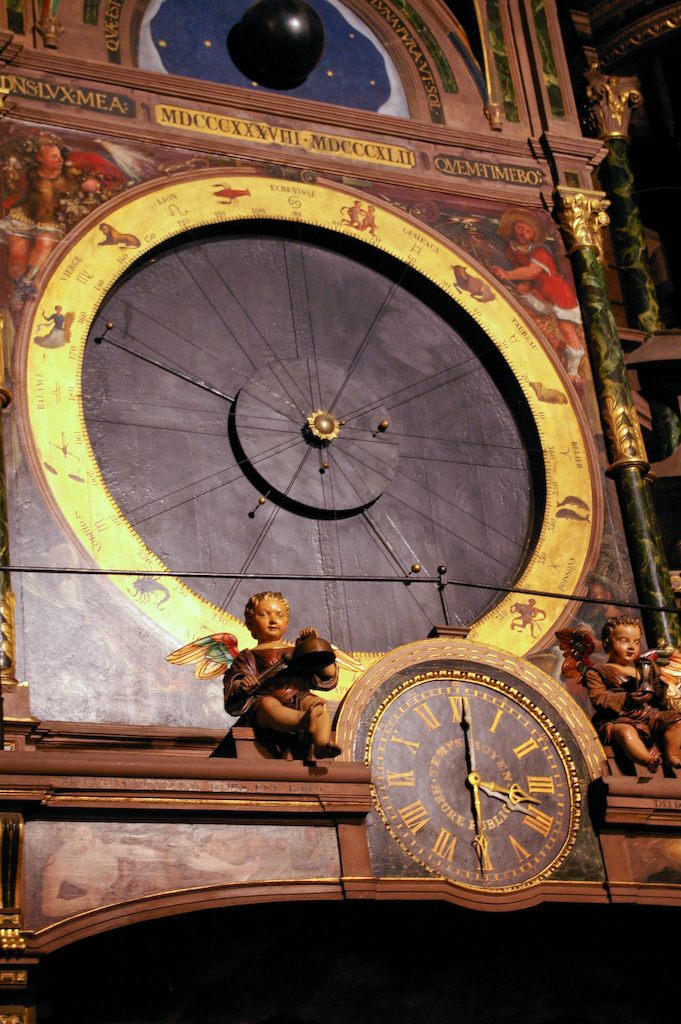
(Photo: Benjamin Chan/Flickr)

(Photo: anne arnould/Flickr)

(Photo: anne arnould/Flickr)

(Photo: Arnaud 25/Wikipedia)
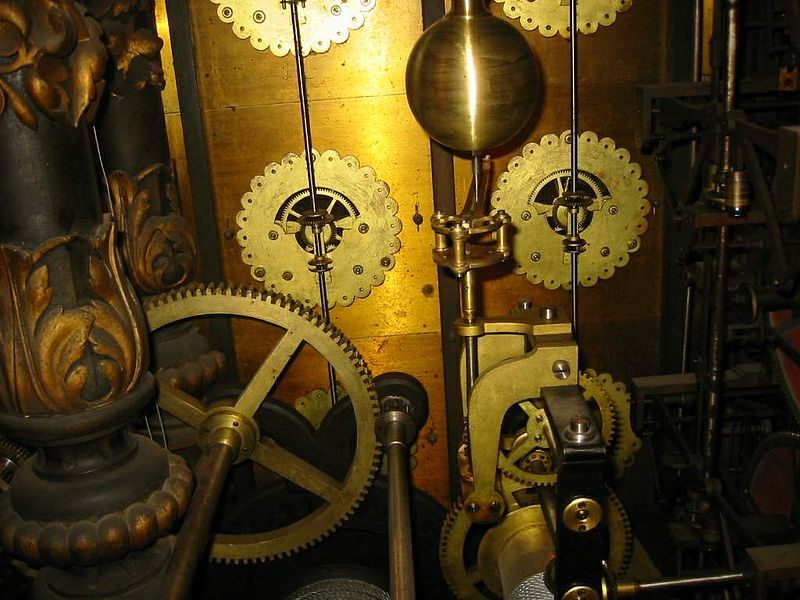
(Photo: Arnaud 25/Wikipedia)
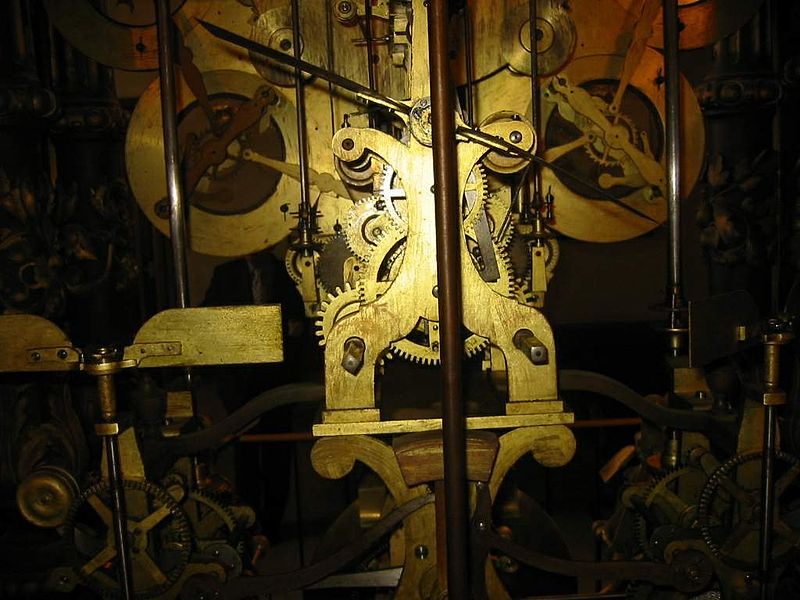
(Photo: Arnaud 25/Wikipedia)
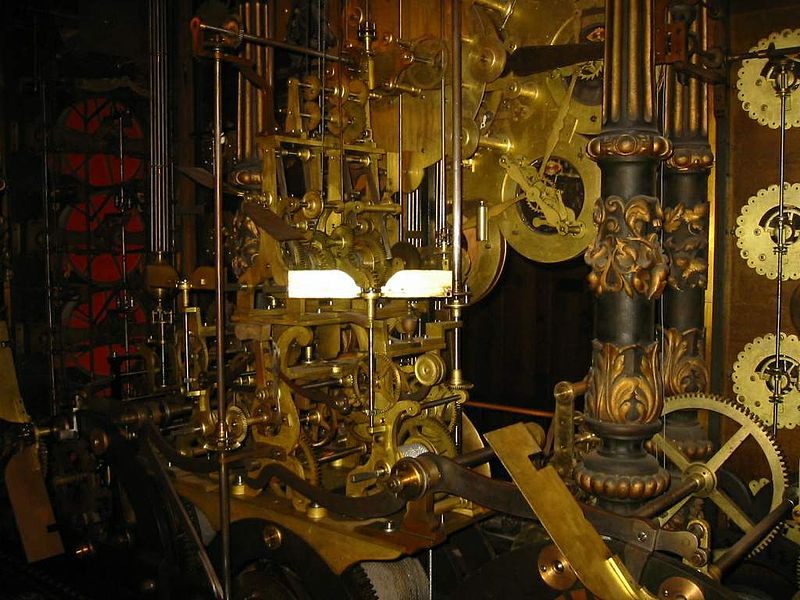
(Photo: Arnaud 25/Wikipedia)
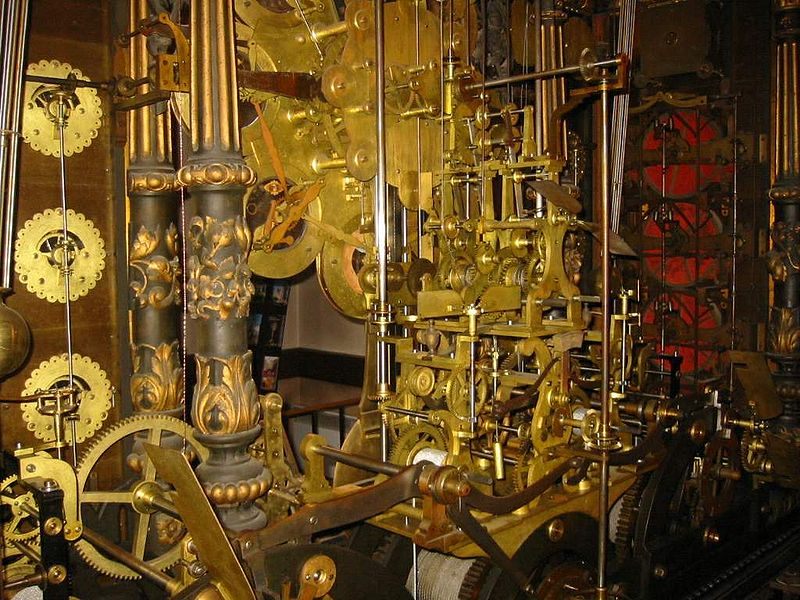
(Photo: Arnaud 25/Wikipedia)
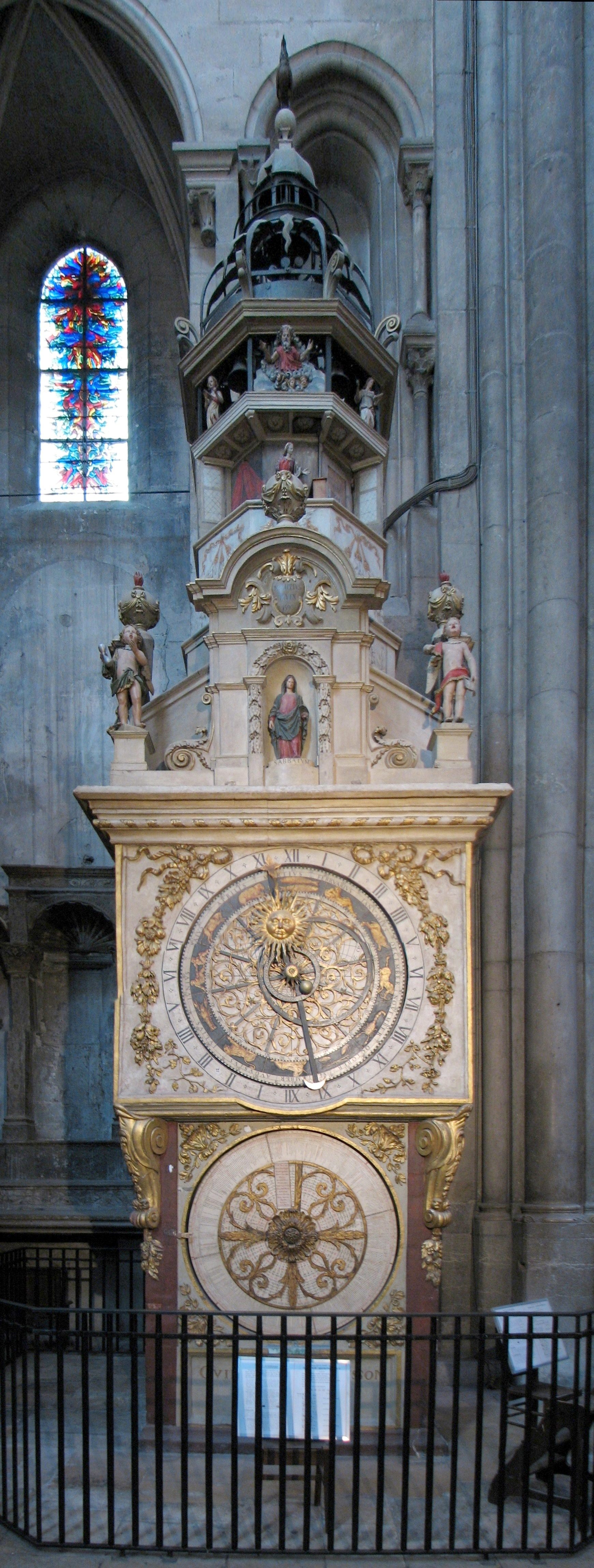
(Photo: chris 73/Wikipedia)
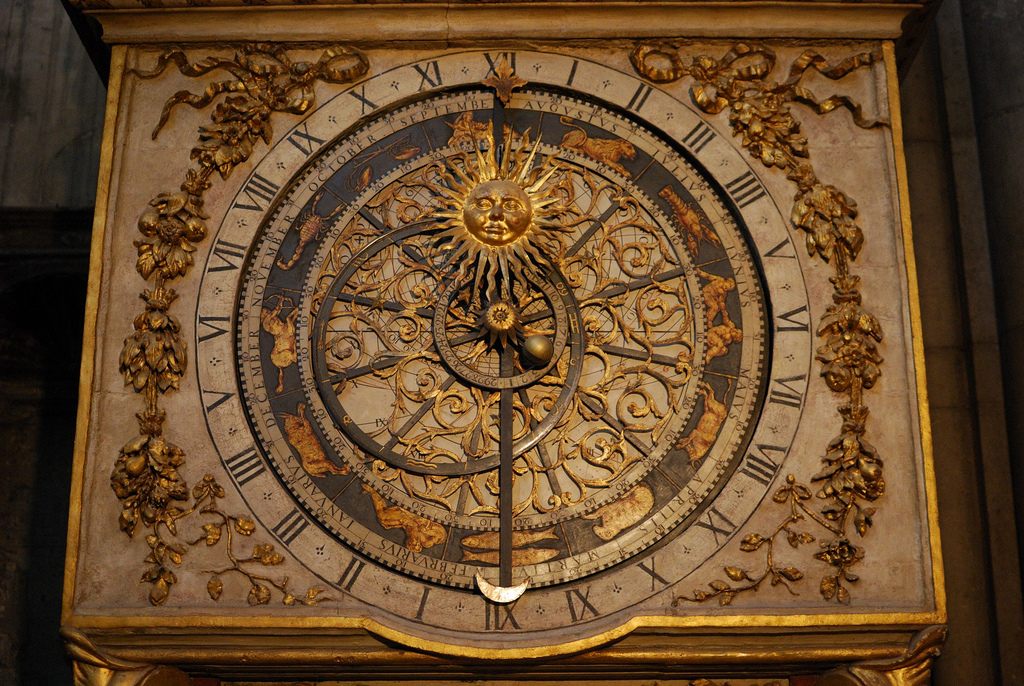
(Photo: matt neale/Flickr)
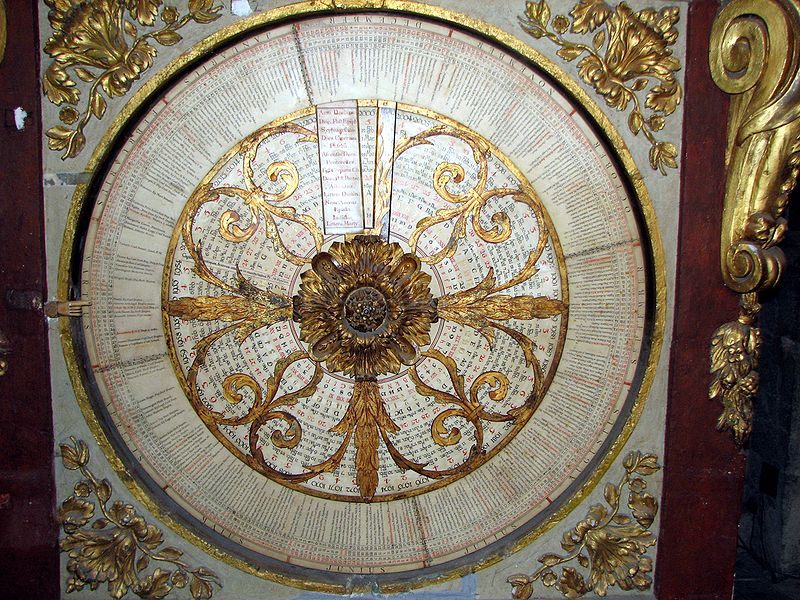
(Photo: chris 73/Wikipedia)

(Photo: Welleschik/Wikipedia)
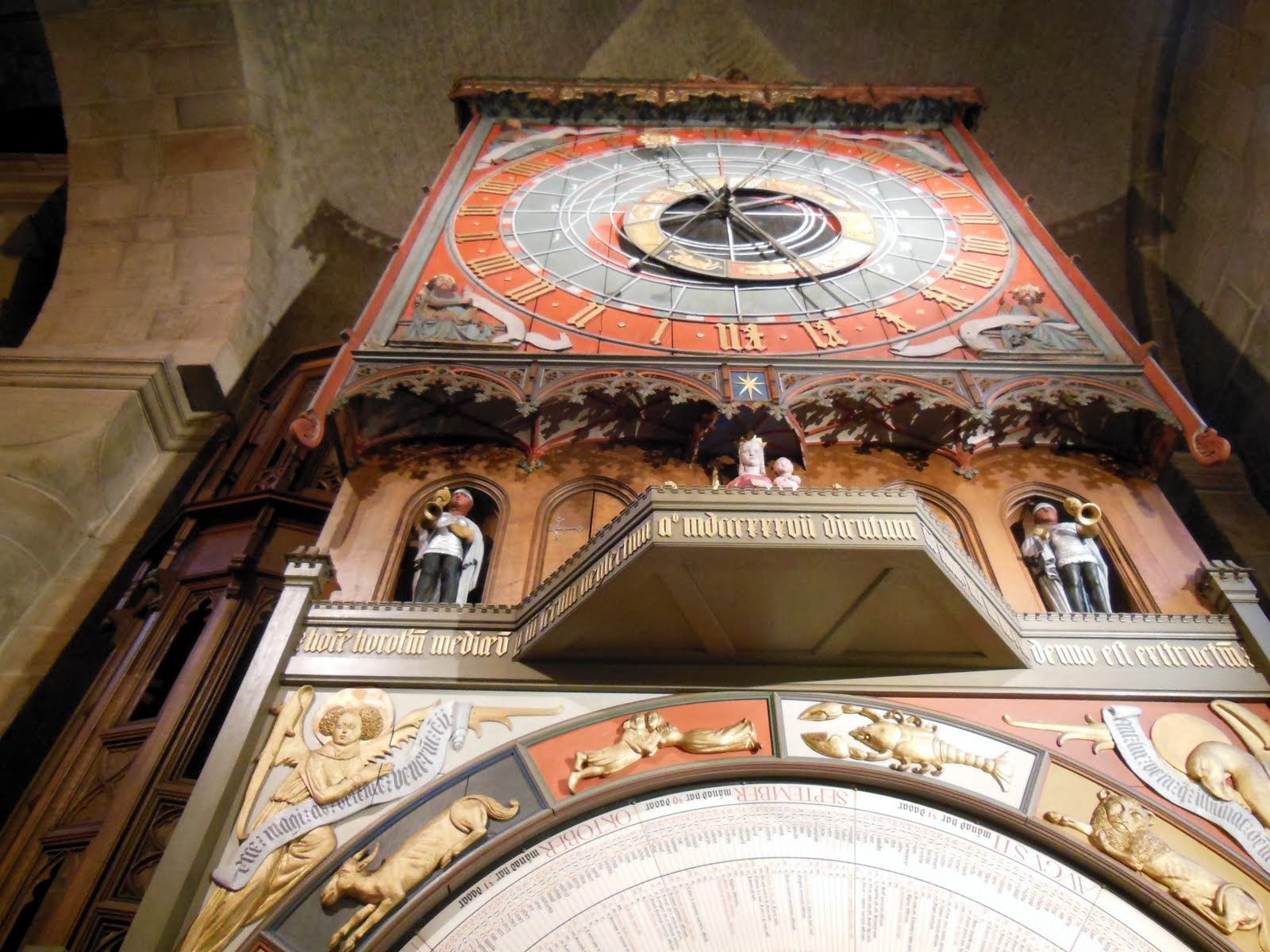
(Photo: jules/Atlas Obscura)
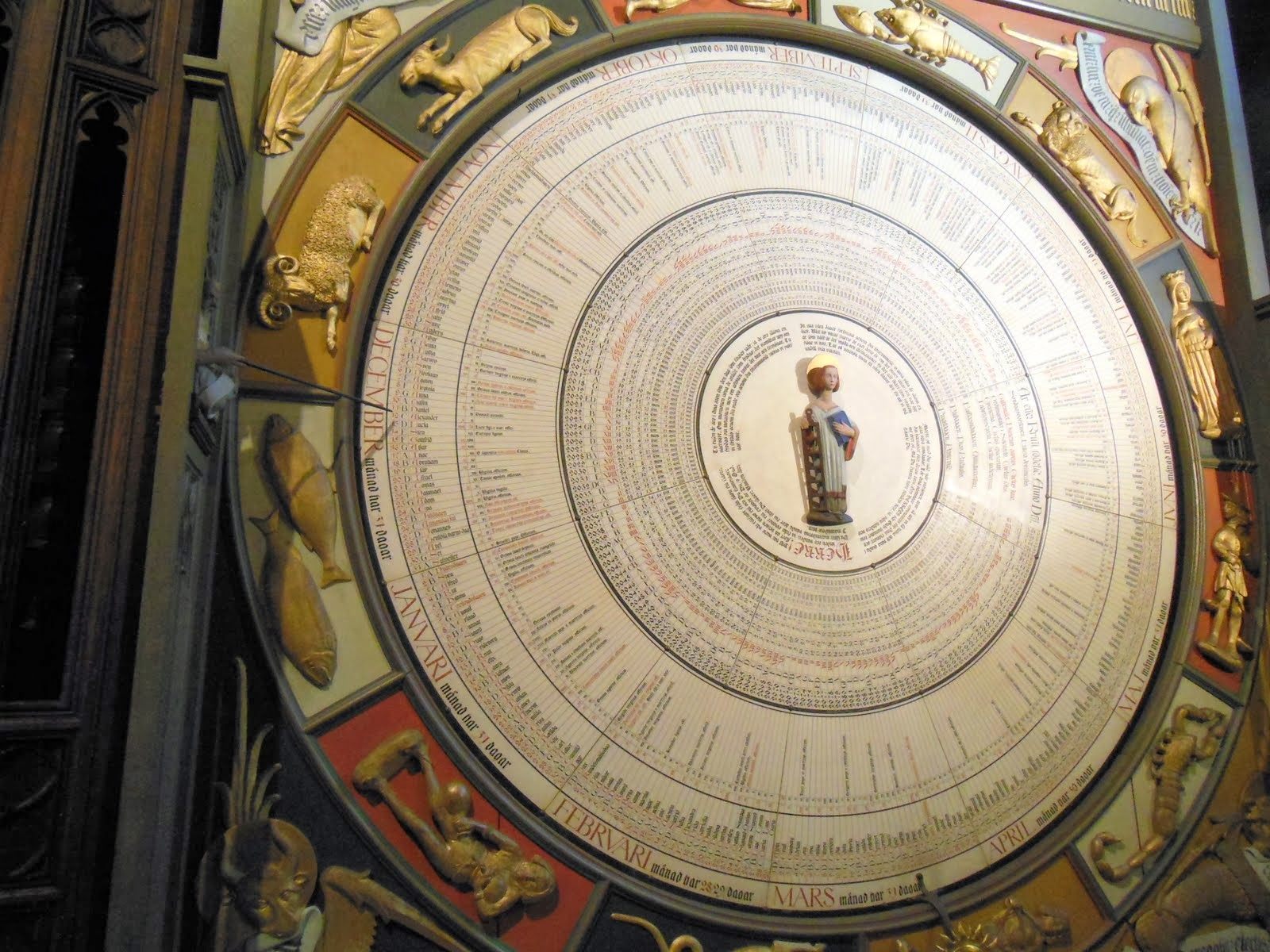
(Photo: jules/Atlas Obscura)

(Photo: jules/Atlas Obscura)

(Photo: Schorle/Wikipedia)
BEAUVAIS ASTRONOMICAL CLOCK

(Photo: Tango7174/Wikipedia)
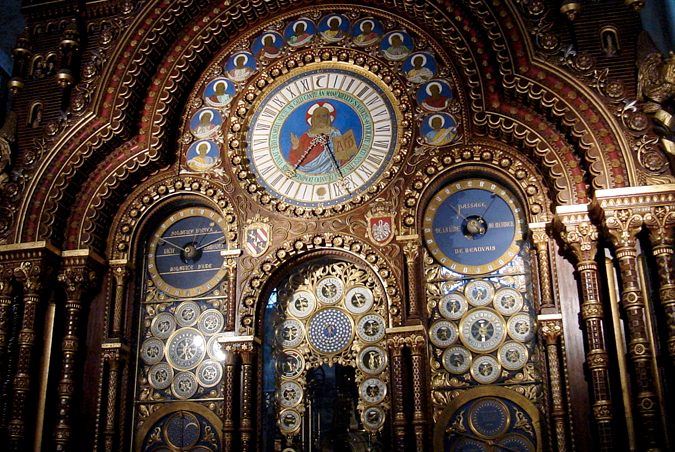
(Photo: Omar Omar/Wikipedia)

(Photo: Peter Potrowl/Wikipedia)

This story appeared as part of Atlas Obscura’s Time Week, a week devoted to the perplexing particulars of keeping time throughout history. See more Time Week stories here.


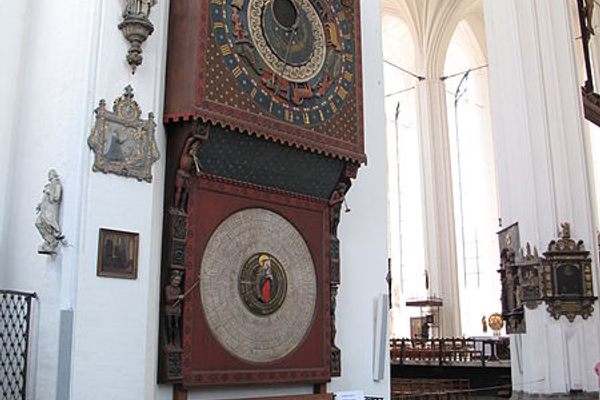






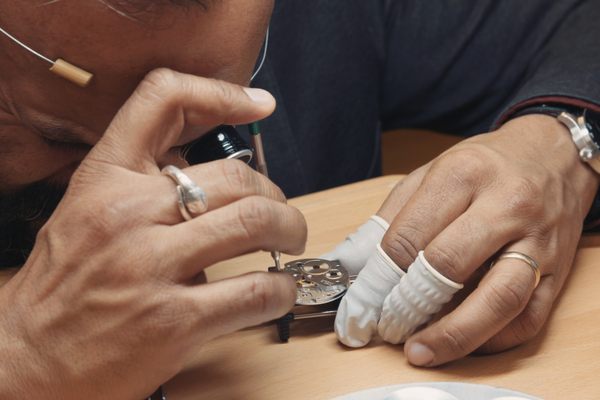




Follow us on Twitter to get the latest on the world's hidden wonders.
Like us on Facebook to get the latest on the world's hidden wonders.
Follow us on Twitter Like us on Facebook